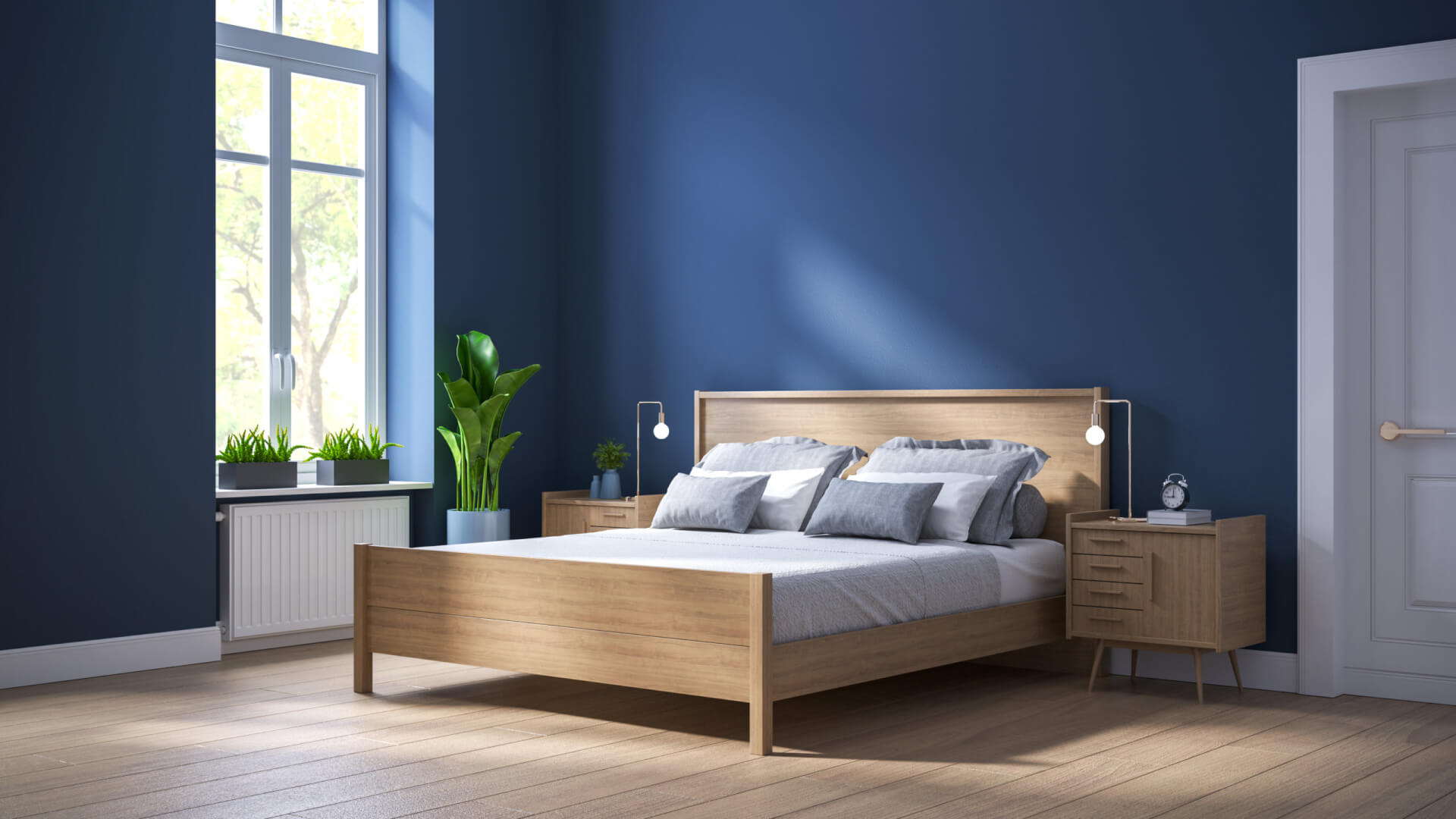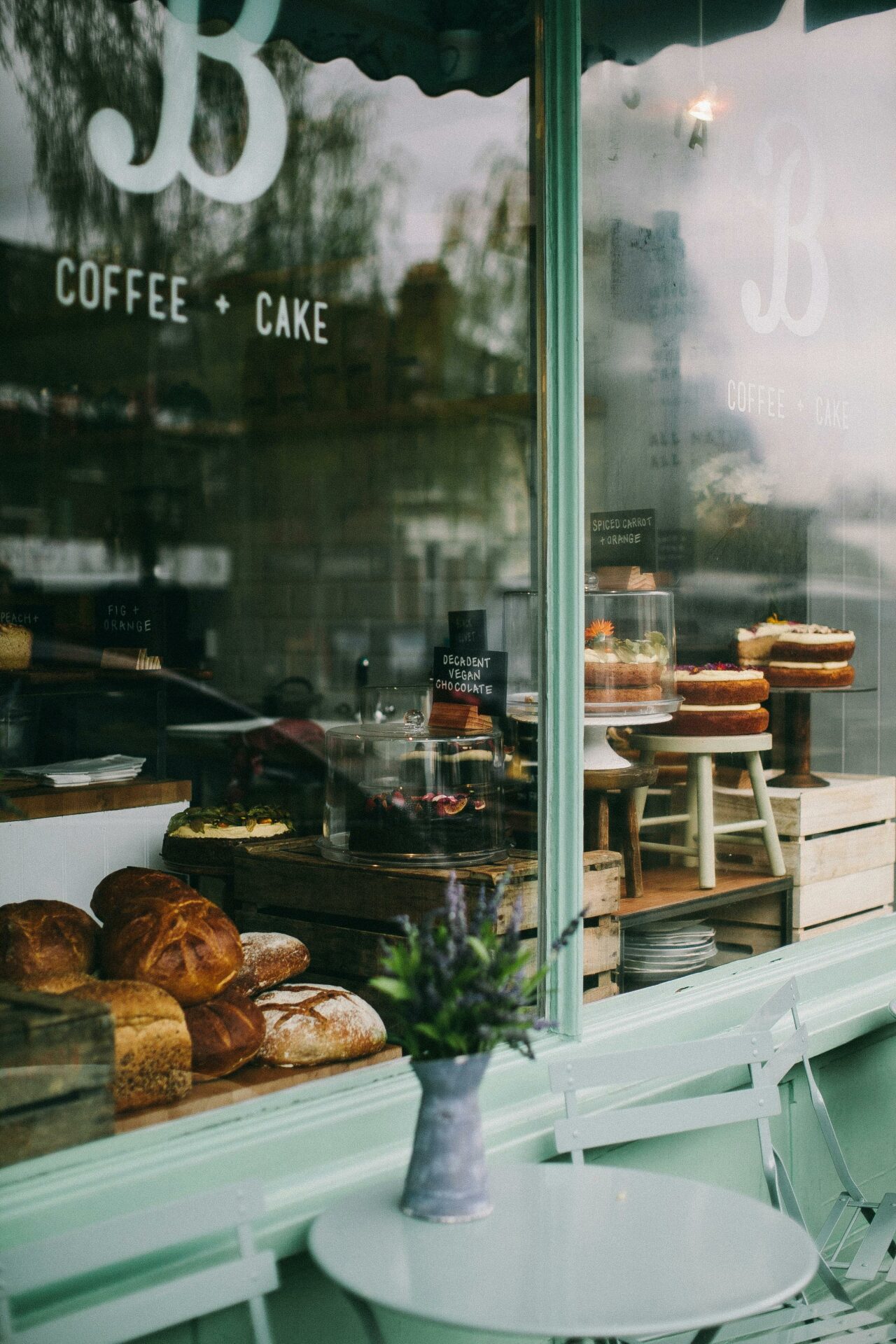Is your Bedroom Conducive to Sleep?

How well you sleep, has a lot to do with where you sleep. Your bedroom should be an oasis dedicated to promoting the most restful sleep possible. You may be doing yourself a disservice, however, by sleeping in a less than optimal environment.
Here are a few reasons your bedroom may be disrupting your sleep:
- Too Much Clutter
Numerous studies have documented the connection between clutter and stress. To put it simply, a messy environment can distract the brain and make it difficult to focus. A cluttered bedroom can cause stress which makes it difficult to sleep and affects sleeping patterns. Poor quality sleep can lead to more messiness and the cycle continues. - Blue Light from Phone and/or Tablet Screens
The bluish hue from LED screens in devices like TVs, computers, tablets and smartphones are halting the production of melatonin and keeping you awake longer. All electronics should be kept outside of the bedroom. But, if you can’t pull yourself away, you can also install a blue light filter on your devices to prevent that disruptive hue from influencing your brain. - Mattresses and Pillows
When was the last time you replaced your pillows? What about your mattress? Lumpiness is a clear sign that these items are passed due. Replacements once a year for pillows and every five to seven years for mattresses are what is recommended by the National Sleep Foundation. A University of Oklahoma study found participants who replaced their mattress every five years experienced better quality sleep. - Too Hot or Too Cold
Like Goldilocks, you need everything to be just right at bedtime. Your body’s core temperature naturally lowers a little as you become drowsy. If the room temperature is drastically hotter or colder than what your body needs, you will probably experience a night of restless sleeping. Ideally, your thermostat should sit somewhere between 65 – 67 degrees F (18-20 C). - Your Bedroom Is Painted the Wrong Color
According to a Travelodge study conducted in the UK, there are certain color schemes that are more beneficial for sleep, while others are more detrimental. Purple, brown, red and grey were singled out for their negative impact on sleep. Purple was described as a stimulant for the imagination, brown and grey were both criticized for being too gloomy and dreary, while red caused a rise in heart rate. If you have the option of redecorating, choose colors schemes in blues and greens, as respondents found those colors to be the most soothing and calming for sleep. - Light From Gadgets and Electronics
Lights from electronic clocks, your phone or any other gadgets you store in your bedroom can interrupt your sleep. In a dark room, even the smallest sources of light can be disruptive and distracting. This includes the blinking light from a phone notification or the steady red glow from a charging station. If you must keep these devices in your bedroom, be sure to power them down, keep them in a drawer or tape over the lights. As for the clock, skip the electronic models completely and choose a classic analog alarm clock instead. Or, at the very least get a clock with a green display as opposed to a red one, as red lights are much more disruptive to sleep.
Making just a few small adjustments to your sleep environment can put you well on the way to restful, better quality sleep. Once you get these simple fixes sorted out consider partnering these changes with a dietary boost of the best over the counter sleep aid, Zenbev. Zenbev Drink Mix optimizes your body’s ability to put itself to sleep naturally. It’s the best natural sleep aid to assist you as you begin to set your bedroom and your life to rights.
-
 Zenbev Sleep Sound Bundle74.99 EUR
Zenbev Sleep Sound Bundle74.99 EUR -
 Zenbev Starter Special59.99 EUR
Zenbev Starter Special59.99 EUR -
 Zenbev Value Bag57.99 EUR
Zenbev Value Bag57.99 EUR





